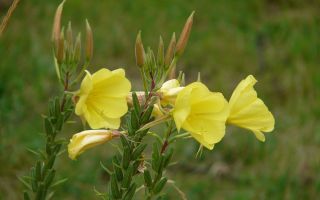Content
- 1 What it looks like and where it grows
- 2 Chemical composition
- 3 Medicinal properties of biennial evening primrose
- 4 Preparation and application methods
- 5 Application in traditional medicine
- 6 Application in cosmetology
- 7 Contraindications
- 8 Collection and procurement
- 9 Conclusion
- 10 Reviews of the medicinal properties of evening primrose for women
The medicinal properties of evening primrose and contraindications are of great importance in traditional medicine. For the treatment of ailments, plant-based water, alcohol and oil products are used, each of which brings a good effect.
What it looks like and where it grows
Evening primrose, evening primrose or primrose is a biennial medicinal plant with a long straight stem up to 1.5 m. The leaves of the grass are green, juicy, elliptical in the lower part, and lanceolate at the top. In the first year of a plant's life, only a basal rosette appears at the surface of the earth, and only in the next season a full-fledged stem develops. From June to early September, the biennial primrose blooms with small lemon-yellow buds with indentations on the petals.
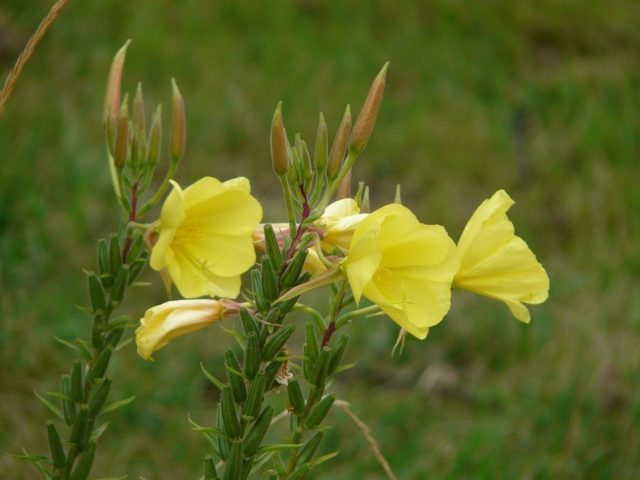
North America is considered the birthplace of grass. The biennial primrose was introduced to Europe only in the 17th century. Currently, you can find a plant in Russia in the Far East, in the middle lane and in the Ciscaucasia. Primrose grows mainly in the floodplains of rivers, along the banks, and also comes across wastelands, embankments and along roadsides.
Chemical composition
Evening primrose contains a huge amount of valuable substances. Among them:
- vitamin C;
- tocopherol;
- sodium, potassium and zinc;
- quercetin;
- calcium and manganese;
- polysaccharides;
- selenium, copper and iron;
- amino acids;
- kaempferol;
- glycosides;
- linoleic and linolenic acids;
- antioxidants;
- tannins.
When using proven traditional medicine recipes, most of the valuable substances in the evening primrose are preserved.
Medicinal properties of biennial evening primrose
When used carefully, the two-year-old primrose has a pronounced positive effect on the body. In particular, the herb:
- normalizes blood pressure and strengthens blood vessels;
- reduces the risk of atherosclerotic plaque formation;
- improves heart function;
- has a beneficial effect on the genitourinary system;
- helps to fight any inflammation in the body;
- improves blood composition;
- strengthens bones and joints;
- has a positive effect on the state of the immune system;
- promotes the rapid breakdown of fats;
- helps to lose weight;
- protects the liver from destruction and promotes its recovery.
Taking medications based on biennial evening primrose has a beneficial effect on the state of the nervous system.
The healing properties of evening primrose for women
The medicinal properties of primrose normalize the female hormonal background, help restore a lost cycle and relieve soreness during menstruation. It is useful to use the plant during menopause.
Taking evening primrose medications can help improve fertility and fertility. The plant is used in the treatment of fibroids and other gynecological diseases.
Biennial evening primrose may be beneficial during pregnancy. She is responsible for the correct formation of the fetus, the development of the nervous system and the baby's brain. It is believed that the plant facilitates the process of childbirth itself, as it increases the elasticity of the pelvic ligaments.
However, it is possible to use biennial herb when carrying a child only with the permission of a doctor. Contraindications to the use of evening primrose are the threat of miscarriage and cervical insufficiency, as well as an allergy to the plant.
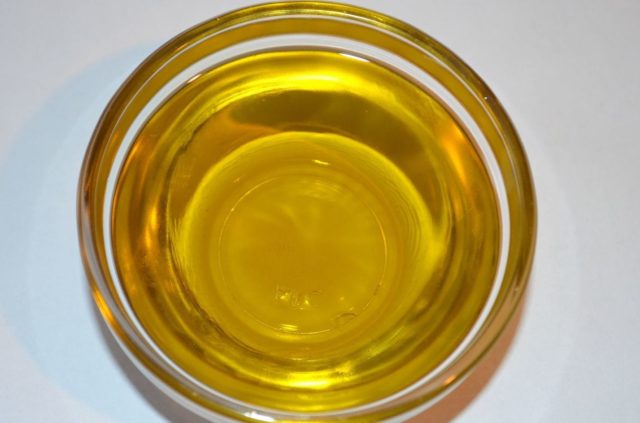
What is useful for men
Biennial evening primrose has a beneficial effect on the state of the genitourinary and reproductive system in men. Taking funds based on evening primrose is useful with a weakened potency, with hormonal disorders and with inflammatory processes in the pelvic organs. The herb strengthens blood vessels and improves blood circulation, so that men can use it to prevent early heart attacks.
What is useful for children
Because the biennial herb has soothing properties, it can be used as a mild natural sleeping pill for hyperactivity in a child. Evening primrose oils and infusions are used to treat acne and acne during adolescence.
It is possible to offer decoctions and infusions of evening primrose to a child after seven years, until this time side effects are not excluded. The first dosages should be modest, no more than one small spoon, you need to make sure that the baby does not suffer from allergies.
Preparation and application methods
Traditional medicine offers several basic recipes for preparing evening primrose. Each of them allows you to preserve the maximum useful properties in the composition of the herb.
Tincture
The valuable substances in the flowers and leaves of the biennial evening primrose dissolve especially well in an alcohol base. A strong tincture is prepared as follows:
- two large tablespoons of dry raw materials pour 100 ml of vodka;
- close the vessel and put it in a dark place for 15 days;
- shake the container from time to time.
After the expiration date, the product is filtered through cheesecloth from flowers and twigs and stored in the refrigerator. Admission rules are determined by a specific recipe.
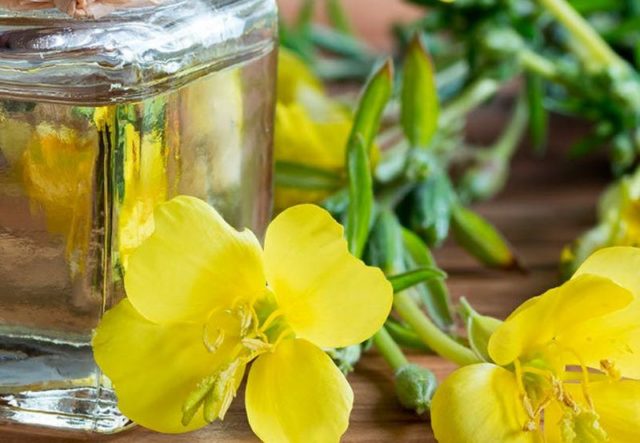
Infusion
An aqueous infusion of a biennial evening evening primrose is usually prepared from the leaves of the plant. The recipe looks like this:
- 30 g of dry crushed raw materials are poured with a glass of hot water;
- the container is closed with a lid;
- insist for about two hours and filter through cheesecloth.
An infusion of biennial primrose is usually consumed two large tablespoons three times a day on an empty stomach. The remedy has a good effect on coughs and colds, helps to quickly cope with bronchitis.
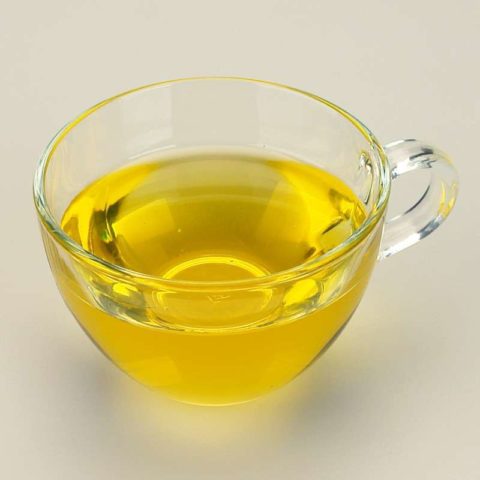
Tea
Healing tea can be made from the petals of evening primrose, it will help with dizziness, migraines, depression and insomnia. The concentration of the drink is rather weak, so it can be consumed in larger quantities than decoctions and infusions.
The recipe for making tea is as follows:
- two large spoons of dried petals are poured into a teapot;
- pour warm water just above room temperature;
- leave for 30-40 minutes under the lid.
The drink will be even more beneficial if an equal amount of dried St. John's wort is added to a two-year evening evening primrose.
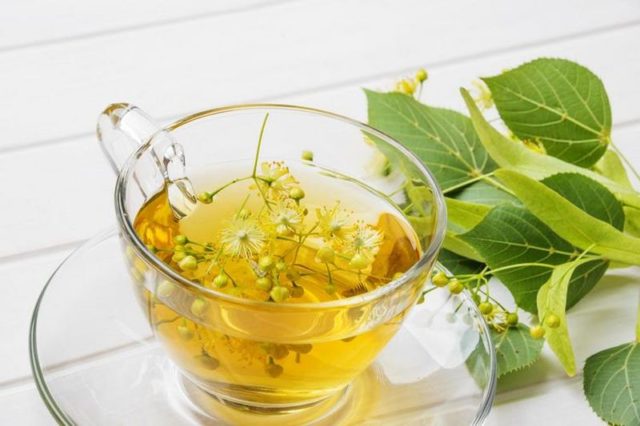
Decoction
A strong decoction of evening primrose has pronounced anti-inflammatory properties. Prepare the drug as follows:
- 30 g of dry leaves of the plant are poured with 250 ml of boiling water;
- in a water bath or low heat, the agent is boiled for a quarter of an hour;
- the drink is cooled and filtered through folded gauze.
You need to drink a decoction of biennial primrose, 50 ml three times a day on an empty stomach.
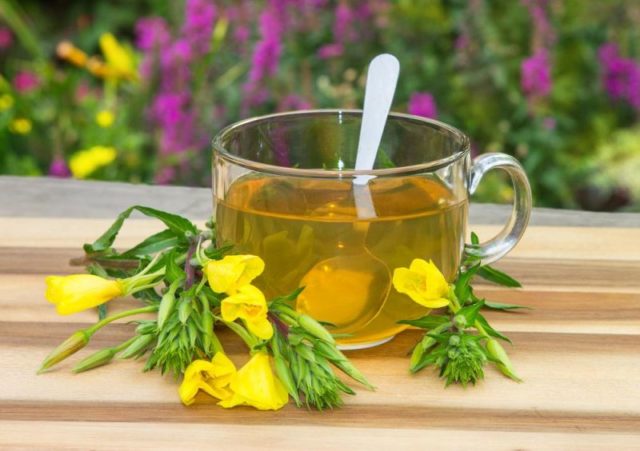
Application in traditional medicine
Homemade cure recipes use biennial evening primrose widely. The plant helps with inflammatory processes and spasms, normalizes the emotional background, serves as a mild natural diuretic.
Evening primrose for chronic fatigue
With vitamin deficiency, loss of strength and constant fatigue, you can use a decoction based on evening evening primrose. They do it like this:
- three large spoons of leaves and chopped stems are poured into a saucepan;
- pour 500 ml of water;
- bring to a boil and boil for just four minutes.
Then the drink must be insisted for an hour and filtered. Take a decoction of 80 ml on an empty stomach, in total you need to use the product three times a day for two weeks.
Biennial evening primrose for diarrhea
The two-year-old primrose has anchoring properties and helps with diarrhea and intestinal cramps. The drug is prepared according to this recipe:
- 10 g of chopped dry grass is poured with a glass of boiling water;
- stand under the lid for an hour;
- passed through cheesecloth and cooled to a warm state.
You need to drink the infusion of evening primrose throughout the day for several sips. Treatment is continued until the condition returns to normal.
Evening primrose for eczema and dermatitis
The anti-inflammatory and healing properties of the biennial primrose are in demand for skin diseases. The following remedy is prepared for ingestion:
- 30 g of crushed flowers and leaves are poured with 250 ml of hot water;
- close the container and wrap it with a warm towel;
- keep the product for at least three hours.
The finished drink is filtered from the remnants of raw materials and taken 80 ml three times a day on an empty stomach.
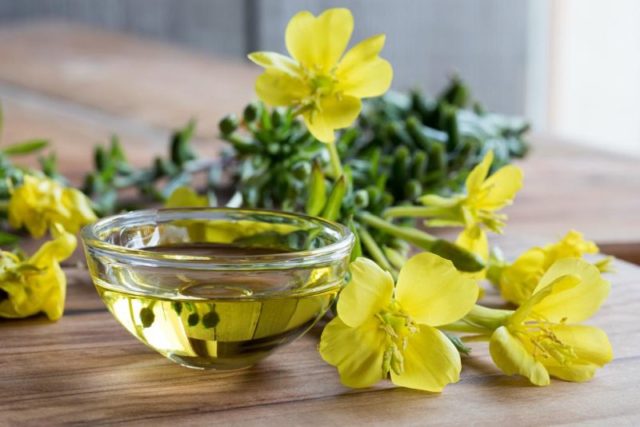
Biennial evening primrose with prostate adenoma
For diseases of the prostate gland in men, a mixture of several medicinal herbs helps well. The recipe looks like this:
- mix 15 g of evening primrose, St. John's wort, cornflower and comfrey root;
- add 30 g of dry golden root and 45 g of fresh sorrel;
- measure out one large spoonful of the collection and pour a glass of hot water;
- kept closed for at least two hours.
The filtered agent is taken in a small spoon three times a day before meals. To get the maximum effect, you need to continue treatment for at least a month.
Evening Kidney Primrose
In case of inflammatory processes in the kidneys and in the presence of sand, a medicinal collection can be taken, which includes a biennial evening primrose. The remedy is done like this:
- mix in equal volumes evening primrose, blue verbena, fenugreek, St. John's wort and comfrey;
- add the same amount of catnip, gentian, adonis and blueberries;
- measure out three large collection spoons and pour 500 ml of water;
- bring to a boil over low heat and boil for five minutes.
Then the product must be cooled and filtered. The finished broth is consumed three times a day on a full stomach, 1/3 cup, and therapy should be continued for at least a month.
Biennial evening primrose with rheumatism
For rheumatism, you can use a strong decoction of the leaves and roots of evening primrose. They do it like this:
- 30 g of crushed dry raw materials are poured into a glass of water;
- bring to a boil and keep on low heat for ten minutes;
- removed from the stove and insisted under the lid for another two hours.
The filtered, cooled broth is drunk 50 ml three times a day on an empty stomach.
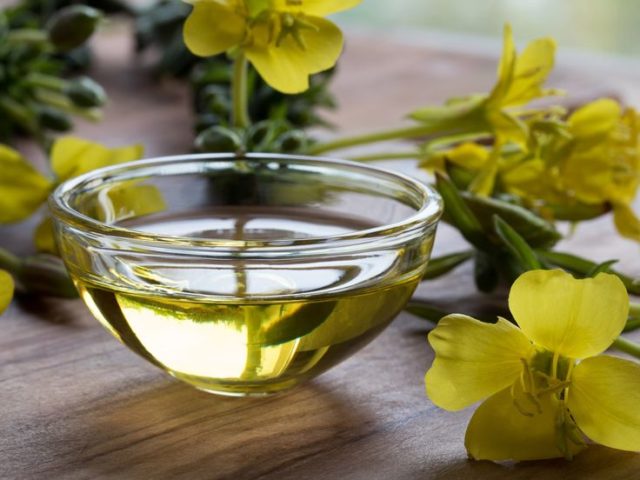
Application in cosmetology
The medicinal properties and contraindications of primrose herbs have not only medical but also cosmetological significance. The plant is used to care for the sensitive epidermis prone to irritation. The extract can be found in commercial creams, tonics and masks for the face and body, in shampoos and rinses.
In home cosmetology, biennial evening primrose oil is mainly used. It is blended with other bases and esters, fermented milk ingredients, and a raw egg. Evening primrose masks moisturize the skin, nourish it and smooth out the first wrinkles.
Mask for age spots
For bright freckles and age spots, you can use the following remedy for skin whitening:
- 10 ml of biennial evening primrose oil is mixed with 5 ml of cocoa butter;
- add 5 drops of safflower ether and two drops each of rosewood, lemon and petitgrain oils;
- mix the components and apply to the skin for ten minutes, avoiding the eye area.
If you use the product twice a week, then after a few procedures the epidermis will become lighter, and age spots will turn pale.
Biennial evening primrose hair
Evening primrose can be used to strengthen hair and eliminate dandruff. The plant is used very simply. Cosmetic oil is added 3-4 drops to a regular shampoo, and curls are washed with infusions and decoctions of herbs after hygiene procedures. If you use herbal remedies based on evening primrose regularly, the hair will become thicker and more manageable, the oiliness of the scalp will normalize.
Contraindications
The benefits and harms of primrose plants are not always the same. The biennial evening primrose has contraindications, in which its use must be completely abandoned. These include:
- severe ailments of the cardiovascular system;
- blood diseases;
- undergone heart surgery;
- neurological disorders and epilepsy;
- mental disorders;
- individual allergy.
You cannot use evening primrose-based products at the same time as taking anticoagulants or Omega-6 drugs.
Collection and procurement
The timing of harvesting plant raw materials depends on which parts are planned to be used. The buds and leaves are harvested during the flowering period, when the most valuable substances are concentrated in them. A warm, clear and dry day is chosen for harvesting. The roots of a biennial primrose are dug up in the fall, when the aboveground part of the plant begins to gradually wither.
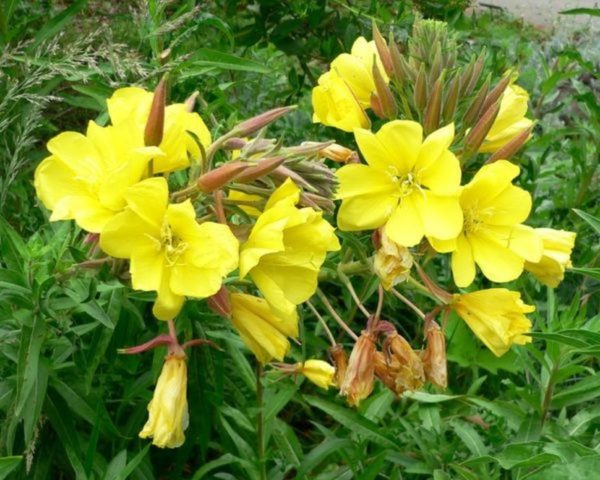
There are two ways to dry medicinal raw materials - natural and using the oven. In the first case, the leaves, petals and roots of evening primrose are laid out on a flat surface in a thin layer with good ventilation, the place should be warm, but shaded. In the second situation, the oven is heated to a maximum of 40 ° C and the plant materials are placed in it with the door open.
The prepared raw materials are sent for storage in paper bags or cloth bags. The flowers and leaves of the biennial evening primrose retain their valuable properties for about a year, while the roots can be used for up to three years.
Conclusion
The healing properties of evening primrose and contraindications deserve detailed study.The plant is beneficial for many ailments, and it is in demand for both women and men. But when using medicines, you need to remember the potential harm and not exceed dosages.
Reviews of the medicinal properties of evening primrose for women

